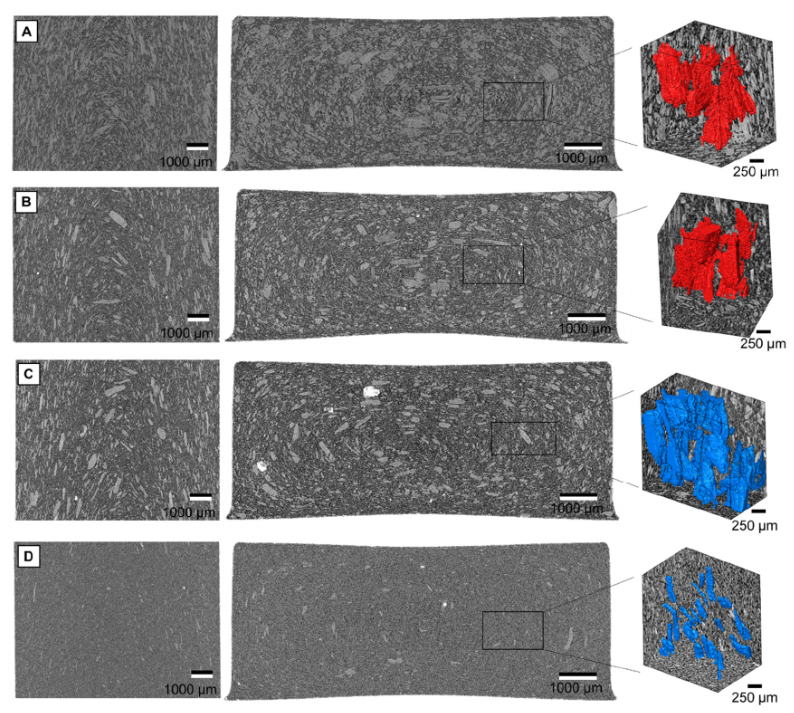Utilization of Recycled Material Sources for Wood-Polypropylene Composites: Effect on Internal Composite Structure, Particle Characteristics and Physico-Mechanical Properties

In this study, various wood material sources were used for the manufacture of wood-polymer composites (WPC). The materials were categorised as virgin wood particles (VWP), reprocessed WPC particles (RWP) and recycled thermoset composite particles (RCP) and derived from two virgin wood sources, three-layer particle boards, medium-density fibre boards (MDF) boards,or two different wood/polypropylene composites. All produced wood-polypropylene compounds contained 60% wood material and were manufactured using a co-rotating extruder. Malleated polypropylene was used as a coupling agent. Specimens were injection moulded and subsequently tested for their physico-mechanical properties. To characterize particles before and after processing, dynamic image analysis (DIA) measurement were performed. Additionally, X-ray micro-computed tomography (XµCT) was used to characterize the internal structure of the composites and to verify the obtained particle’s characteristics. It was found that length and aspect ratio of particles were remarkably different before and after processing (loss in length of 15–70% and aspect ratio of 10–40%). Moreover, there were notably differences between the particle sources (RCP retained the highestl ength and aspect ratio values, followed by VWP and RWP). The results suggest that increased aspect ratios can indeed significantly improve mechanical properties (up to 300% increase in impact bending strength and 75% increase in tensile strength, comparing WPC based either on virgin spruce or MDF material). This phenomenon is suggested to be partially superimposed by improved dispersion of particles, which is expected due to lower variance and increased mechanical properties of RWP composites. However, no notable alterations were observed for composite density. Reprocessed WPC and, particularly, RCP material have proved to be an appealing raw material substitute for the manufacturing of wood–polymer composites.